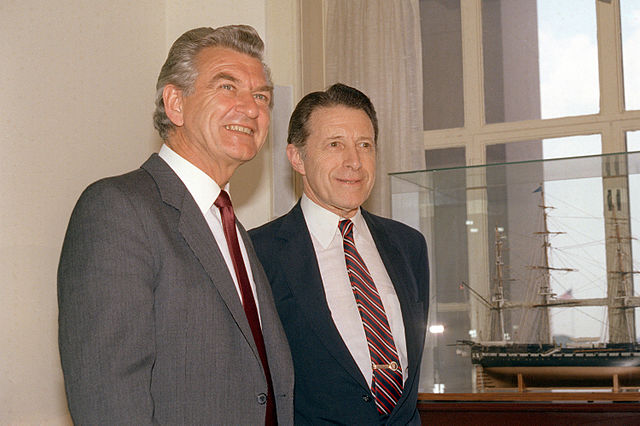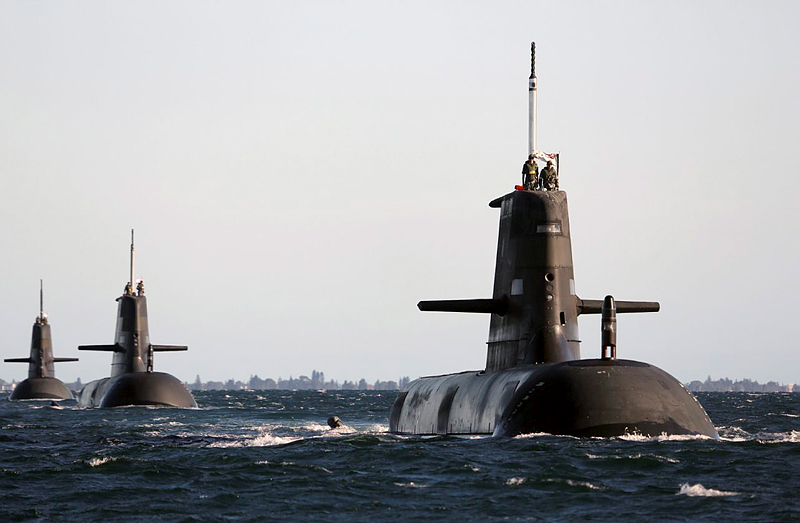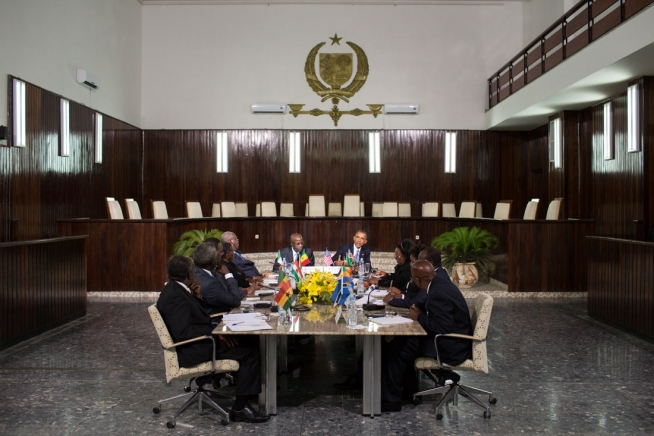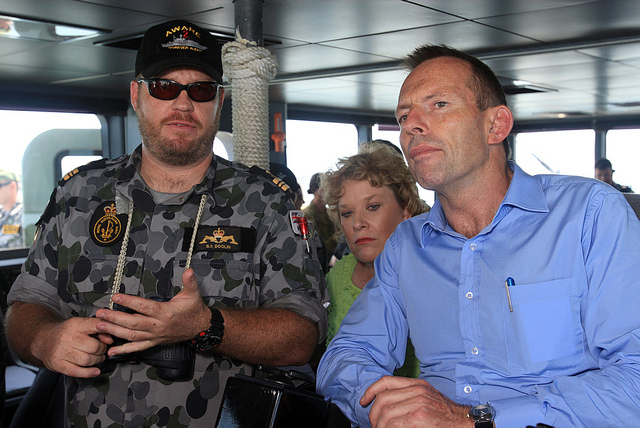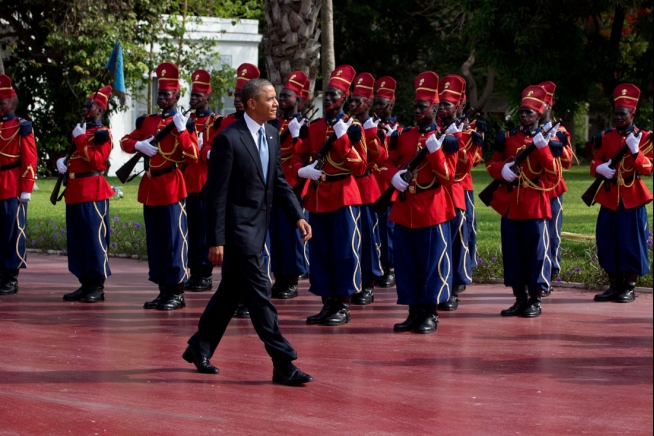Feeling edgy: Japan’s new defence white paper
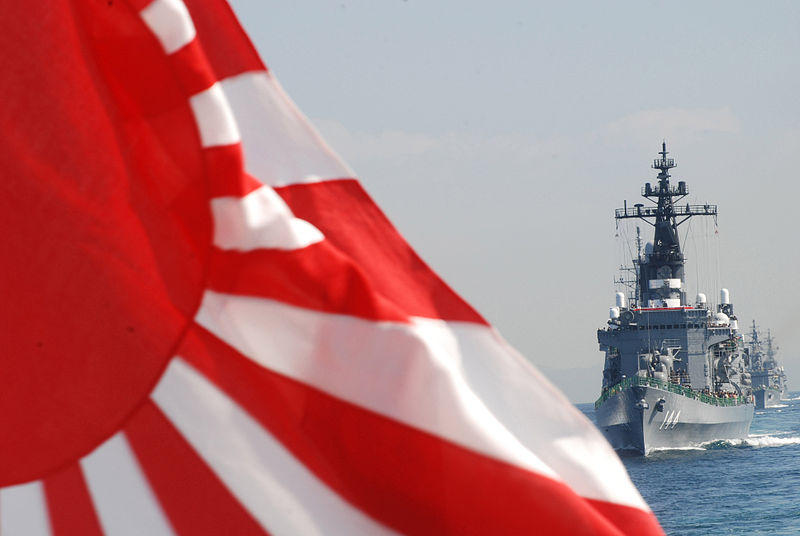 The Japanese government released its annual Defense White Paper (DWP) on Tuesday. In comparison with last year’s version it displays a harsher attitude towards China, indicating that Japan’s defence policy could shift further in coming years. Some shifts are already underway, such as increasing the Self-Defense Force’s (SDF) amphibious capability to defend its offshore islands in the face of China’s increased maritime assertiveness.
The Japanese government released its annual Defense White Paper (DWP) on Tuesday. In comparison with last year’s version it displays a harsher attitude towards China, indicating that Japan’s defence policy could shift further in coming years. Some shifts are already underway, such as increasing the Self-Defense Force’s (SDF) amphibious capability to defend its offshore islands in the face of China’s increased maritime assertiveness.
Japan’s 2013 assessment of its strategic environment is pessimistic. While the previous version ‘observed’ security developments such as China’s ongoing military modernisation, the 2013 DWP starts by stating that ‘Japan’s security environment is encompassed by…destabilizing factors, some of which are becoming increasingly tangible, acute and serious.’ Unlike last year, the document also contains a subchapter on the ‘Security Environment in the Vicinity of Japan’; demonstrating Japan’s growing concerns about direct threats to its national territory and integrity. Apart from North Korea’s and (to a lesser extent) Russia’s strategic behaviour, the chapter is particularly strong on China as a security threat. It notes that ‘in the waters and airspace around Japan, [China] has engaged in dangerous acts that could give rise to a contingency situation, such as Chinese vessel’s direction of its fire-control radar at a JMSDF destroyer.’ It goes on to argue that ‘[c]oupled with the lack of transparency in its military and security affairs these moves are a matter of concern for Japan.’ Read more

